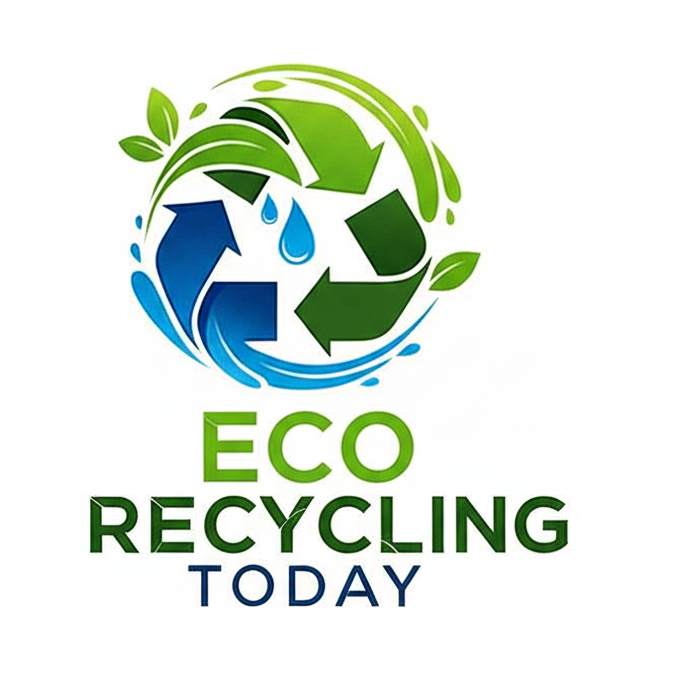The increasing global emphasis on sustainability has brought PET (Polyethylene Terephthalate) recycling into the spotlight. PET, widely used in beverage bottles, packaging, and textiles, offers immense recycling potential. Turning waste PET into PET flakes and further using these flakes for new products is a cornerstone of modern recycling efforts. PET recycling machines play a pivotal role in this circular economy. Here’s an in-depth look at how PET flakes are produced, their applications, and the technologies driving the PET recycling industry.
What Are PET Flakes
PET flakes are small, uniform pieces of recycled PET bottles or other PET products. The recycling process involves cleaning, shredding, and reprocessing PET waste into flakes, which serve as raw materials for manufacturing new products. High-quality PET flakes are used in various industries, including textiles, packaging, and automotive.
- Global PET bottle recycling rate: 58% (2023 data).
- Approximate energy savings when recycling PET: 60% compared to virgin production.
- Recycled PET (rPET) can reduce carbon emissions by 79% compared to virgin PET.

PET Recycling Machine
PET recycling machines are designed to transform PET waste into usable PET flakes efficiently. These machines integrate cleaning, shredding, and flake production, ensuring high purity and consistency.
- Bottle De-labeling Machines: Remove labels and impurities from PET bottles.
- Shredding Machines: Convert bottles into smaller pieces for easy washing.
- Washing Systems: Clean PET pieces to remove contaminants such as glue, dirt, and food residues.
- Flake Sorting Machines: Separate PET flakes based on color and material to ensure uniformity.
- PET Compactors and Densifiers: Compress PET waste to optimize space and transportation costs.
A standard PET recycling line can process up to 3,000 kilograms per hour, producing clean PET flakes ready for downstream use in textiles, packaging, or food-grade products.
Applications of PET Flakes
PET flakes have wide-ranging applications:
- Textile Industry: Recycled PET flakes are melted and spun into fibers for clothing, carpets, and upholstery.
- Example: Adidas recycled over 60% of its polyester products in 2023 using rPET.
- Packaging: PET flakes are reprocessed into new bottles and food containers.
- Automotive Parts: Used in making lightweight and durable car components.
- Construction Materials: Incorporated into non-structural elements like insulation materials.
Impact of PET Recycling
Several companies and nations have adopted large-scale PET recycling programs to reduce environmental footprints.
Case Study: Coca-Cola’s rPET Initiative
Coca-Cola aims to use 100% rPET bottles by 2030, reducing its carbon footprint by an estimated 25%. This ambitious initiative is supported by advanced PET recycling machines capable of achieving food-grade PET flake production.
Community Example: Norway
Norway has one of the highest PET recycling rates, reaching 97%. Their success is attributed to efficient deposit-return systems combined with advanced recycling facilities equipped with high-performance PET recycling lines.
Trends in PET Recycling Technology
- AI and Automation: Flake sorting systems with AI capabilities improve speed and accuracy.
- Chemical Recycling: Breaking PET down to its original monomers for higher quality and versatility.
- Energy-Efficient Machines: Development of machines that reduce energy usage by up to 30% compared to older models.
The production of PET flakes and the use of advanced PET recycling machines are transforming the recycling industry, contributing to a sustainable future. By embracing these technologies, industries can not only reduce their environmental impact but also meet growing consumer demand for eco-friendly products. With innovations in recycling systems and rising global awareness, the PET recycling sector is poised for exponential growth.
